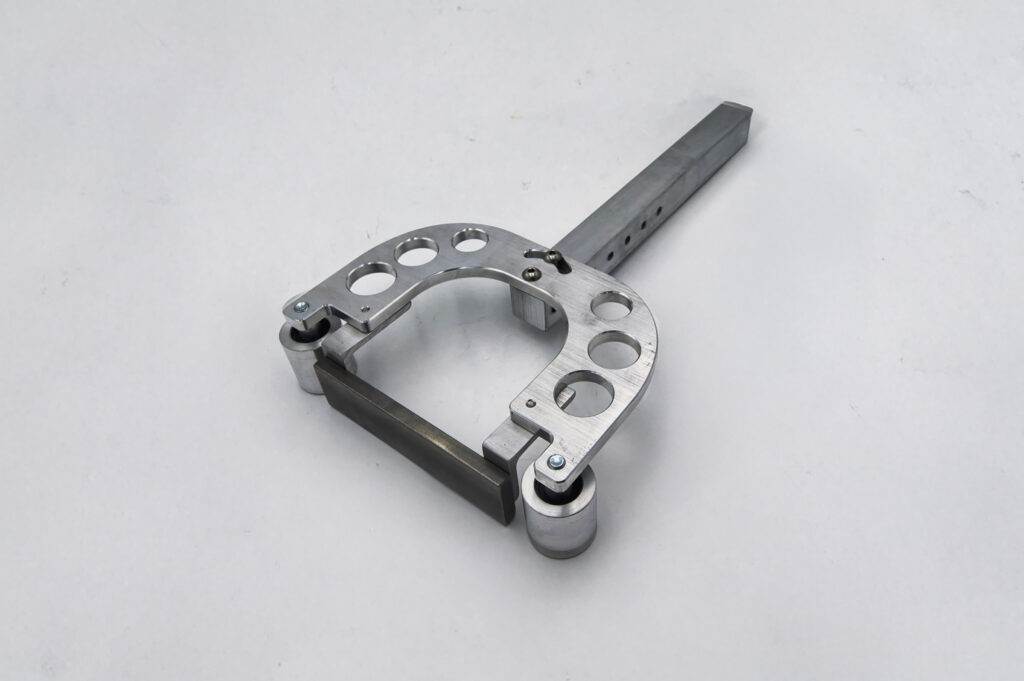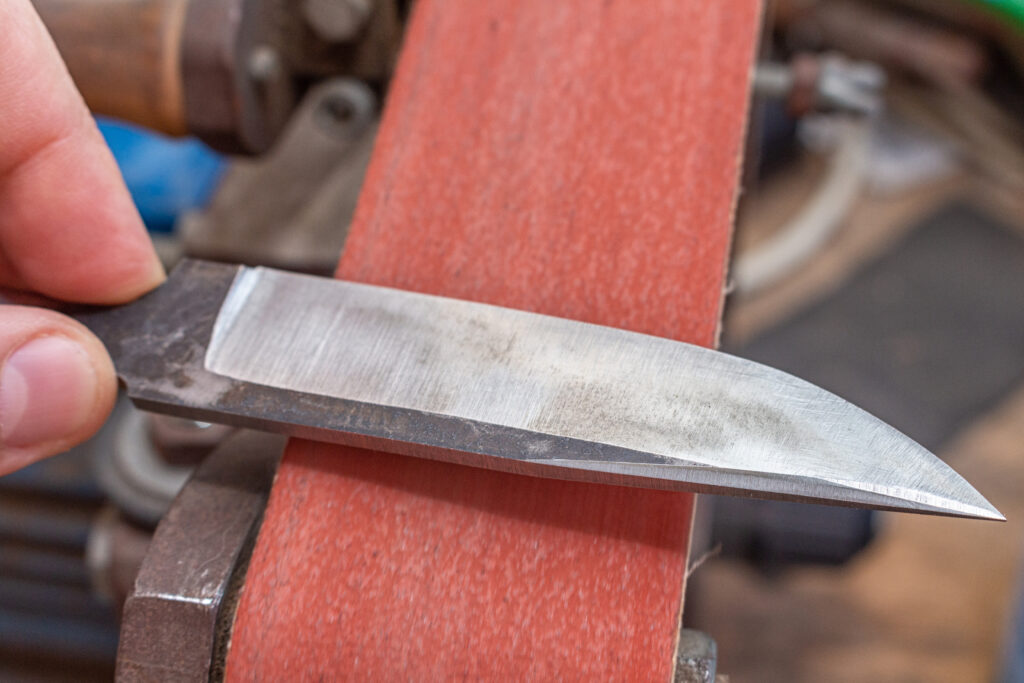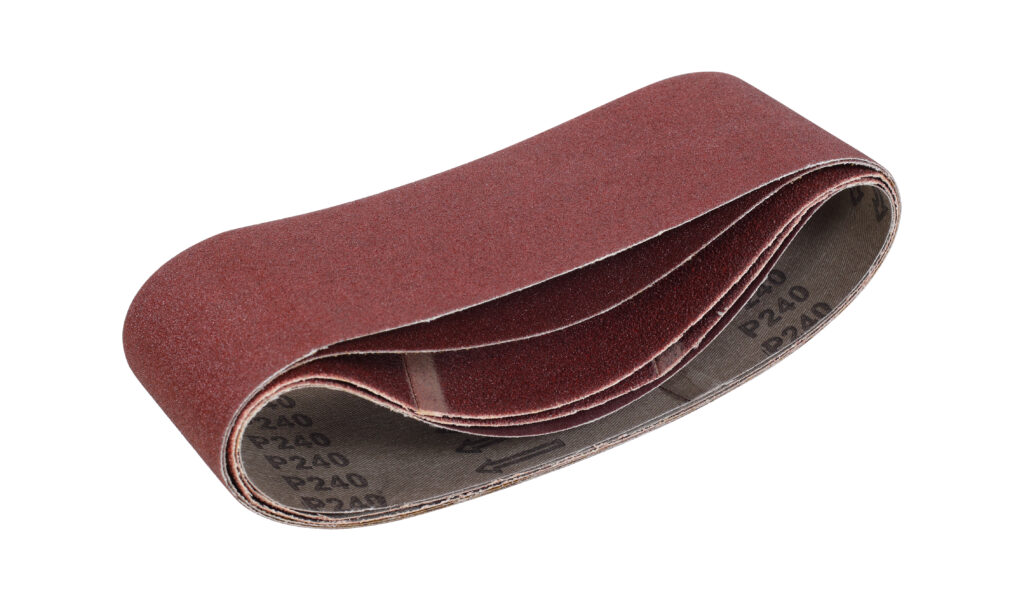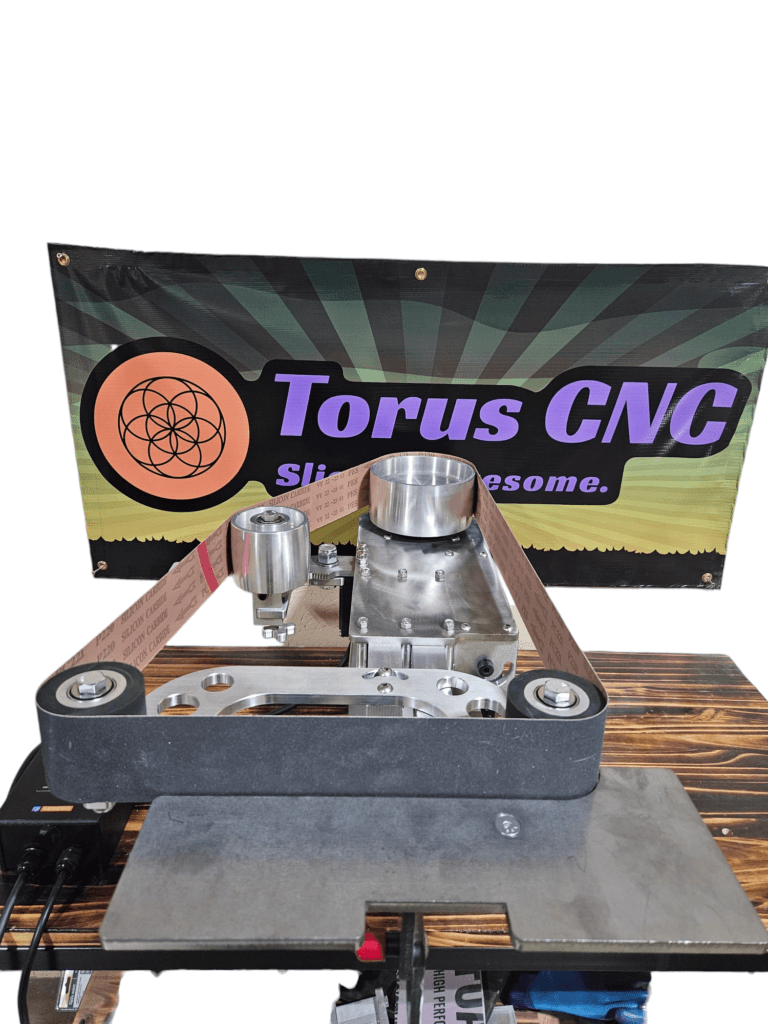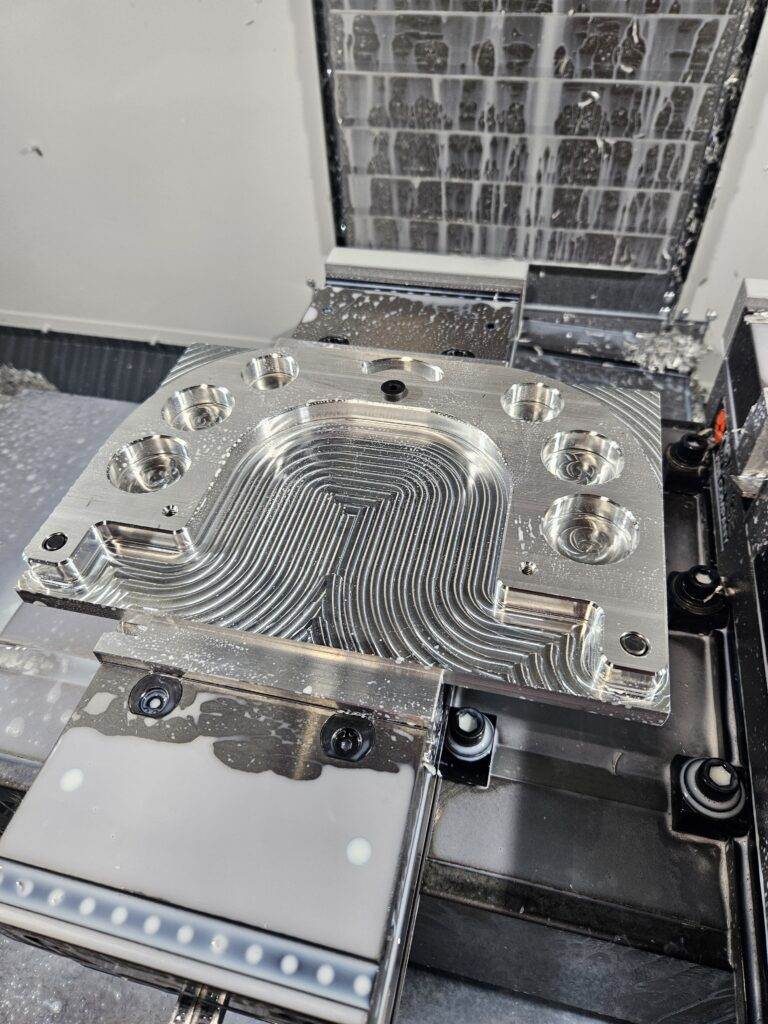Forge scale removal is a critical process in metalworking, particularly in the forging and machining industries. When metal is heated to high temperatures during the forging process, a layer of oxide forms on its surface, known as forge scale. This scale can hinder subsequent processes such as machining, welding, and finishing, leading to poor quality and reduced performance of the final product.
Therefore, effective removal of this scale is essential for ensuring the integrity and quality of the metal components being produced. The methods employed for forge scale removal can vary widely, from manual techniques to advanced mechanical solutions. Among these, the use of abrasive materials has gained significant traction due to their efficiency and effectiveness.
In particular, 24-grit ceramic belts have emerged as a preferred choice for many professionals in the field. These belts not only facilitate rapid scale removal but also contribute to a smoother surface finish, making them an invaluable tool in the metalworking arsenal.
Key Takeaways
- Efficient forge scale removal is crucial for maintaining the quality and integrity of metalwork.
- 24-grit ceramic belts offer advantages such as high material removal rate and long-lasting durability.
- The abrasive nature of 24-grit ceramic belts allows for effective removal of tough forge scale from metal surfaces.
- Following proper steps and techniques is essential for efficient forge scale removal using 24-grit ceramic belts.
- Regular maintenance and care of 24-grit ceramic belts is necessary to ensure their longevity and continued efficiency in forge scale removal.
Understanding the Importance of Efficient Forge Scale Removal
Impact on Product Quality
Residual scale can result in poor surface finishes or dimensional inaccuracies, leading to increased production costs and time delays. Moreover, the presence of forge scale can compromise the integrity of welds, leading to weak joints that may fail under stress.
Enhancing Productivity
Efficient scale removal enhances productivity by allowing subsequent operations to be performed more smoothly and quickly. This streamlines the workflow, reduces wear and tear on machinery, and ultimately extends the lifespan of equipment.
Additional Benefits
A clean surface also allows for better adhesion of coatings and finishes, which is crucial for aesthetic and protective purposes. Investing in efficient forge scale removal techniques is essential for maintaining high standards in metalworking.
The Advantages of Using 24-Grit Ceramic Belts for Forge Scale Removal

The use of 24-grit ceramic belts for forge scale removal offers numerous advantages that make them a standout choice in the industry. One of the primary benefits is their aggressive cutting action. The coarse grit size allows for rapid material removal, making it particularly effective for tackling thick layers of forge scale.
This efficiency translates into significant time savings during the cleaning process, enabling operators to focus on other critical tasks. Another advantage of 24-grit ceramic belts is their durability. Ceramic abrasives are known for their ability to withstand high temperatures and resist wear, which is particularly important in applications involving heavy-duty metalworking.
This durability means that operators can expect a longer lifespan from these belts compared to other abrasive materials, resulting in lower replacement costs over time. Additionally, the consistent performance of ceramic belts ensures that they maintain their cutting efficiency throughout their lifespan, providing reliable results with each use.
How 24-Grit Ceramic Belts Work in Removing Forge Scale
The mechanism by which 24-grit ceramic belts remove forge scale is rooted in their abrasive properties. When these belts are applied to a workpiece, the sharp edges of the ceramic grains penetrate the surface layer of forge scale, effectively breaking it apart and dislodging it from the underlying metal. This aggressive cutting action is facilitated by the grit size; 24-grit belts are coarse enough to tackle tough materials while still being manageable for operators.
Moreover, the design of ceramic belts allows for effective heat dissipation during operation. As they grind away at the forge scale, friction generates heat; however, ceramic materials are engineered to withstand high temperatures without degrading. This characteristic not only prolongs the life of the belt but also ensures that the underlying metal does not become overheated during the process, which could lead to warping or other forms of damage.
Steps for Efficient Forge Scale Removal Using 24-Grit Ceramic Belts
To achieve optimal results when using 24-grit ceramic belts for forge scale removal, it is essential to follow a systematic approach. The first step involves preparing the work area and ensuring that all necessary safety equipment is in place. This includes wearing appropriate personal protective equipment (PPE) such as gloves, goggles, and respiratory protection to safeguard against dust and debris generated during the process.
Once safety measures are established, operators should securely mount the workpiece to prevent movement during grinding. Next, it is crucial to select the right speed settings on the grinding machine; typically, a moderate speed is recommended to balance efficiency with control. With the belt properly aligned and tensioned on the machine, operators can begin applying consistent pressure while moving the belt across the surface of the workpiece.
It is important to maintain a steady motion to ensure even removal of forge scale without damaging the underlying metal.
Tips for Maximizing the Effectiveness of 24-Grit Ceramic Belts in Forge Scale Removal
To maximize the effectiveness of 24-grit ceramic belts during forge scale removal, operators should consider several best practices. First and foremost, maintaining proper belt tension is crucial; a loose belt can lead to uneven wear and ineffective grinding. Regularly checking and adjusting tension will help ensure optimal performance throughout the belt’s lifespan.
Additionally, operators should be mindful of their technique when applying pressure to the belt. Excessive force can lead to premature wear or even damage to both the belt and workpiece. Instead, applying consistent and moderate pressure will yield better results while prolonging the life of the abrasive material.
Furthermore, periodically inspecting the belt for signs of wear or damage will allow operators to replace it before it becomes ineffective.
Safety Precautions When Using 24-Grit Ceramic Belts for Forge Scale Removal
Safety should always be a top priority when using 24-grit ceramic belts for forge scale removal. Operators must ensure they are equipped with appropriate PPE, including safety goggles to protect against flying debris, gloves to prevent cuts or abrasions, and respiratory protection if dust levels are high. Additionally, it is advisable to work in a well-ventilated area or use dust extraction systems to minimize inhalation risks.
Operators should also familiarize themselves with the machinery being used for grinding. Understanding how to operate equipment safely and effectively can prevent accidents and injuries. Regular maintenance checks on machines will help identify any potential hazards before they become problematic.
Lastly, it is essential to keep the work area organized and free from clutter to reduce tripping hazards and ensure a safe working environment.

Common Mistakes to Avoid When Using 24-Grit Ceramic Belts for Forge Scale Removal
While using 24-grit ceramic belts can be highly effective for forge scale removal, there are common mistakes that operators should avoid to ensure optimal results. One frequent error is neglecting proper belt maintenance; failing to clean or inspect belts regularly can lead to decreased performance and increased wear rates. Operators should make it a habit to check belts before each use and replace them as needed.
Another common mistake is applying too much pressure during operation. While it may seem intuitive that more force would yield faster results, excessive pressure can actually hinder performance by causing overheating or damaging both the belt and workpiece. Instead, operators should focus on maintaining a steady hand and allowing the abrasive action of the belt to do its job effectively.
Comparing 24-Grit Ceramic Belts to Other Methods of Forge Scale Removal
When comparing 24-grit ceramic belts to other methods of forge scale removal, several key differences emerge that highlight their advantages. Traditional methods such as manual scraping or wire brushing can be labor-intensive and time-consuming, often resulting in inconsistent results. In contrast, 24-grit ceramic belts provide a more uniform approach that significantly reduces labor time while enhancing surface quality.
Additionally, chemical methods for scale removal may pose environmental concerns or require extensive cleanup processes after application. In contrast, using abrasive belts minimizes waste generation and simplifies cleanup efforts since they primarily produce dust rather than liquid waste. Overall, 24-grit ceramic belts offer a more efficient and environmentally friendly solution compared to many traditional methods.
Maintenance and Care for 24-Grit Ceramic Belts to Ensure Longevity and Efficiency
To ensure longevity and efficiency from 24-grit ceramic belts, proper maintenance and care are essential. After each use, operators should clean belts thoroughly to remove any accumulated debris or metal particles that could affect performance during subsequent applications. A soft brush or compressed air can be effective tools for this purpose.
Storing belts correctly is also crucial; they should be kept in a cool, dry place away from direct sunlight or extreme temperatures that could degrade their materials over time. Additionally, avoiding contact with sharp objects during storage will help prevent damage that could compromise their effectiveness when put back into service.
The Benefits of Using 24-Grit Ceramic Belts for Efficient Forge Scale Removal
In conclusion, utilizing 24-grit ceramic belts for forge scale removal presents numerous benefits that enhance both efficiency and quality in metalworking processes. Their aggressive cutting action allows for rapid removal of tough forge scale while maintaining durability throughout their lifespan. By following best practices for usage and maintenance, operators can maximize their effectiveness while ensuring safety in the workplace.
The importance of efficient forge scale removal cannot be overstated; it directly impacts product quality and operational productivity within metalworking environments. As industries continue to evolve and demand higher standards of precision and performance, investing in advanced tools like 24-grit ceramic belts will remain essential for achieving success in forge scale removal tasks.
FAQs
What is forge scale?
Forge scale is the layer of oxides that forms on the surface of metal when it is heated in a forge or during the forging process. It is a hard, brittle material that can be difficult to remove.
What are 24-grit ceramic belts?
24-grit ceramic belts are abrasive belts made with ceramic grains that are very coarse, making them ideal for heavy-duty grinding and stock removal. They are commonly used for aggressive material removal and are well-suited for removing tough materials like forge scale.
How do 24-grit ceramic belts efficiently remove forge scale?
24-grit ceramic belts efficiently remove forge scale by aggressively grinding away the hard, brittle material. The coarse ceramic grains are able to quickly and effectively break down the scale, leaving a clean and smooth surface on the metal.
What are the benefits of using 24-grit ceramic belts for removing forge scale?
Using 24-grit ceramic belts for removing forge scale offers several benefits, including fast material removal, extended belt life, and reduced heat generation. The aggressive nature of the ceramic grains allows for efficient scale removal, while the durable nature of the belts ensures a longer lifespan.
Are there any safety considerations when using 24-grit ceramic belts for removing forge scale?
When using 24-grit ceramic belts for removing forge scale, it is important to wear appropriate personal protective equipment, such as safety glasses, gloves, and a dust mask. Additionally, it is important to follow proper grinding and belt changing procedures to minimize the risk of accidents or injuries.


